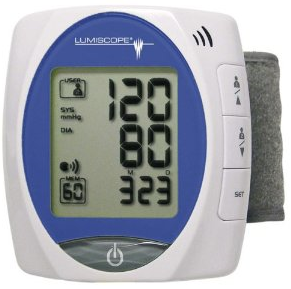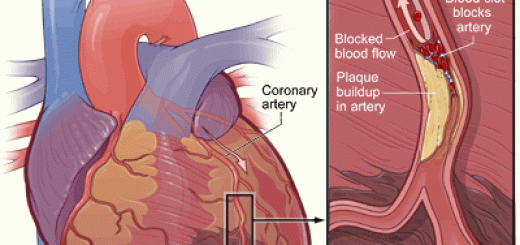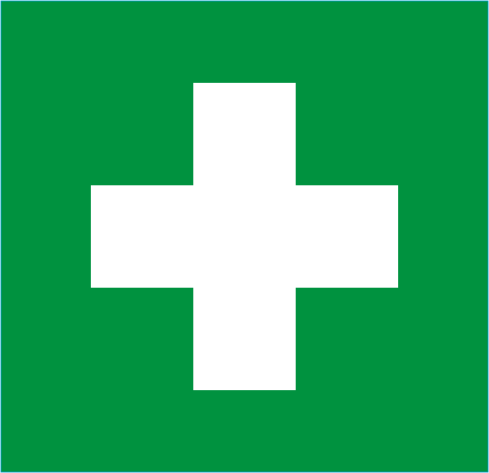A guide to Blood Pressure (BP) for first aiders and first responders
Some first aiders and first responders are trained to take a blood pressure using electronic or manual methods. In this blog post we discuss Blood Pressure and its relevance for first aiders.
Blood pressure (BP) refers to the pressure your blood exerts against blood vessel walls. Your blood flows through arteries, veins and capillaries and is circulated to all parts of the body. Arterial walls are much thicker than venous walls and can withstand greater pressure.
You measure the pressure in the arteries by measuring blood pressure and usually use a BP monitor to check the pressure in your brachial artery (the artery in your upper arm).
Blood pressure is indicated with two numbers, one on top of the other, as a fraction, such as 120/80 mmHg. The number at the top or on the left is the systolic blood pressure and the number at the bottom is the diastolic blood pressure. Both numbers are important while measuring blood pressure. A blood pressure of 120/80 is read as 120 over 80.
mmHg refers to ‘millimetres of mercury’ as this was the method originally used to measure blood pressure. Don’t worry though, modern electronic devices don’t contain any mercury!
Note that blood pressure doesn’t remain the same all day. It’s lowest when you’re asleep and increases when you’re up during the day. It usually rises above its normal level during vigorous physical activity or when you’re nervous, scared or excited.
Low and high blood pressure
Low blood pressure or hypotension typically causes symptoms such as dizziness, blurred thinking, nausea and fainting. A systolic (top number) pressure of 90 mmHg or a diastolic (low number) pressure of 60mmHg indicates that a person has substantially low blood pressure and requires medical treatment. Low blood pressure in extreme cases can be life-threatening.
Causes of low blood pressure can be dehydration or something as serious as a medical or surgical disorder. Fortunately, low blood pressure can be treated depending on what’s causing it. It is important that medical help is sought because unless it’s an obvious trigger such as extremely hot weather or dehydration, it could be a symptom of an underlying medical condition.
High blood pressure or hypertension can occur in people for years without any signs or symptoms. However, even though the person may be asymptomatic, the heart and blood vessels are getting damaged progressively. High blood pressure can be detected easily using a blood pressure monitor.
If left uncontrolled, high blood pressure can lead to serious health problems including heart attacks and strokes.
High blood pressure can be primary (no known cause) or secondary (something else causing the elevated BP). Secondary high blood pressure may be caused by underlying medical conditions and other factors such as:
- Thyroid problems
- Kidney problems
- Adrenal gland tumors
- Congenital defects in the blood vessels
- Alcohol abuse
- Obstructive sleep apnea
- Illegal drugs such as amphetamines and cocaine
- Certain medications such as OTC pain relievers, cold medication, decongestants, birth control pills and some prescription medications
Watch out for the following readings on your blood pressure monitor:
- 120 to 139 mmHg systolic pressure or 80 to 89 mmHg diastolic pressure: Prehypertension
- 139 to 159 mmHg systolic pressure or 90 to 99 mmHg diastolic pressure: Stage 1 hypertension
- 160 mm Hg or higher systolic pressure an 100 mmHg or higher diastolic pressure: Stage 2 hypertension
Seek medical help if your blood pressure monitor shows any of the above readings.







Great information.